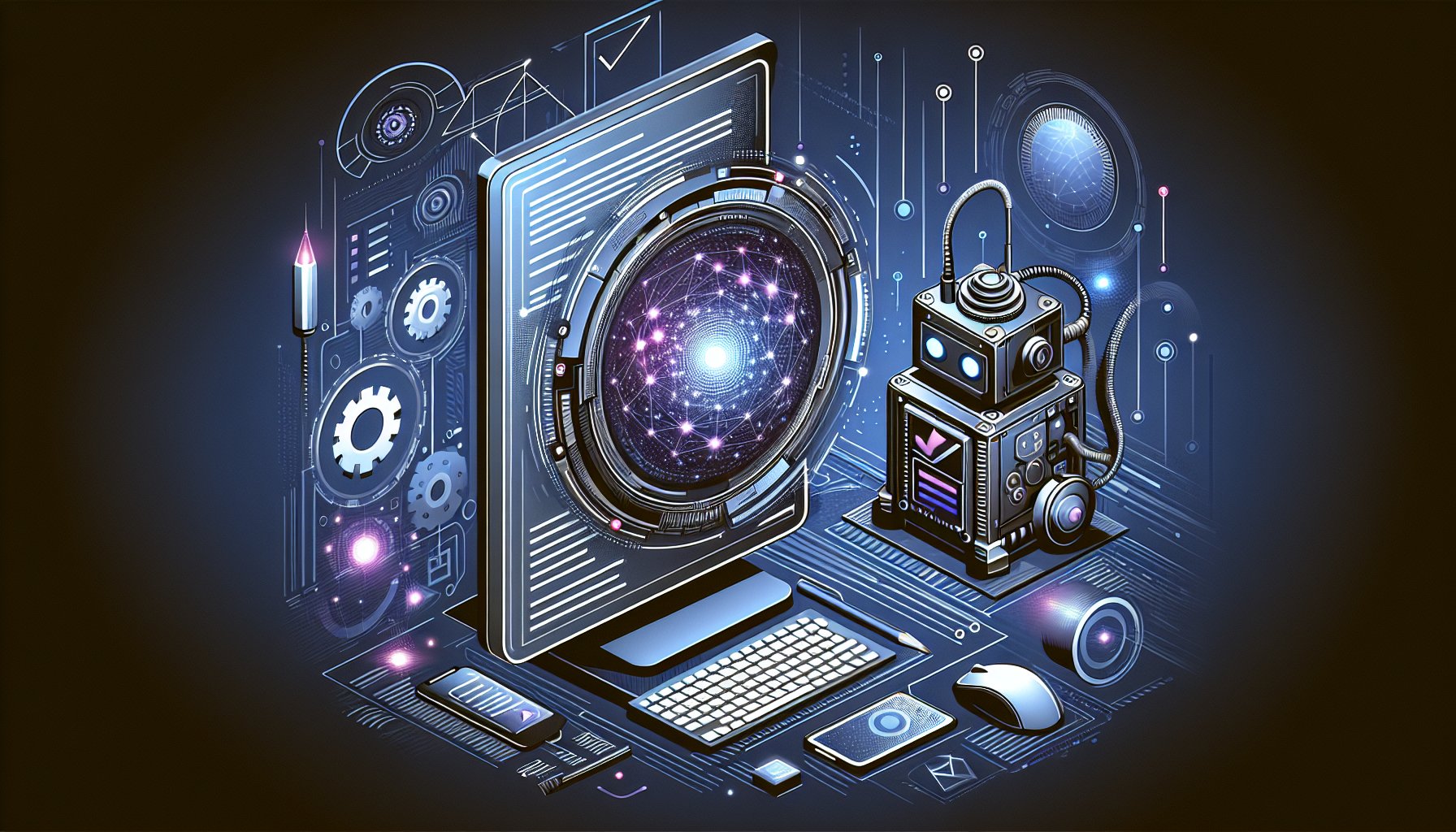Introduction
As we navigate the vast ocean of software development, code quality remains the guiding star. It's not just about writing code that works — it's about creating code that is clean, maintainable, and resilient in the face of changing requirements and emerging technologies.
Understanding Code Quality
Code quality is the degree to which code is designed using best practices and standards. It involves factors like readability, maintainability, and efficiency. High-quality code reduces bugs, simplifies updates, and improves the overall lifecycle of your software.
Quantum Computing and Code Quality
With the advent of quantum computing, coding practices are undergoing a significant transformation. Quantum algorithms require a different approach than classical ones, necessitating a rethinking of code quality metrics. Developers need to be well-versed in quantum mechanics principles and be able to translate them into quantum circuits, which are the quantum equivalent of logic gates.
Modern Tools and Techniques for Code Quality
Artificial Intelligence in Code Review
AI-driven code review tools have brought a paradigm shift in the way we manage code quality. Using machine learning algorithms, these platforms can analyze your codebase and suggest improvements, detect potential bugs, and even predict areas that could pose problems in the future.
Static Code Analysis
Static code analysis tools scan your code without running it, checking for potential issues like security vulnerabilities, coding standard violations, and performance bottlenecks. They have become more intelligent, providing real-time feedback as you code, thereby reducing the time spent hunting bugs during testing phases.
Continuous Integration
Continuous Integration (CI) has been a game-changer in maintaining code quality. By merging all developers' changes to a central repository multiple times a day, and automating the build and test process, CI helps detect and resolve integration issues early, ensuring a consistent code quality.
Best Practices for Code Quality
Maintaining a Clean Code Base
Coding is an art, and like any form of art, it should be clean and understandable. Following coding standards and conventions, using meaningful names for variables and functions, and keeping functions small and focused on a single task, are just a few ways to maintain a clean code base.
Code Reviews and Pair Programming
Code reviews allow developers to learn from each other's strengths, spot bugs, and ensure consistency in code quality. Pair programming, where two programmers work together at one workstation, is another great way to share knowledge, improve code quality, and catch issues early.
Test-Driven Development
Test-Driven Development (TDD) is a development approach where you write tests before writing the code itself. This ensures your code is robust and works as expected, keeping the code quality high.
Conclusion
Code quality is a cornerstone of successful software development. By leveraging the latest tools and techniques, and following best practices, you can ensure your code is of the highest quality. Embrace AI-driven code review, quantum computing, and continuous integration to stay ahead in the ever-evolving software development landscape.
Remember, high-quality code isn't a destination, but a journey. It requires continuous learning, adapting, and implementing the best that the field has to offer. Stay ahead of the curve by continually improving your code quality — your future self will thank you.